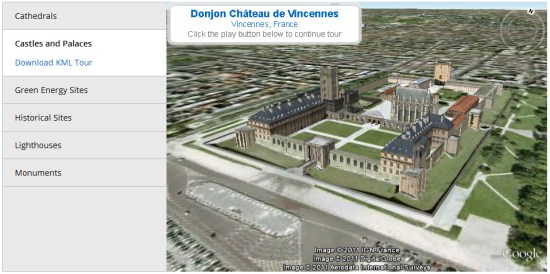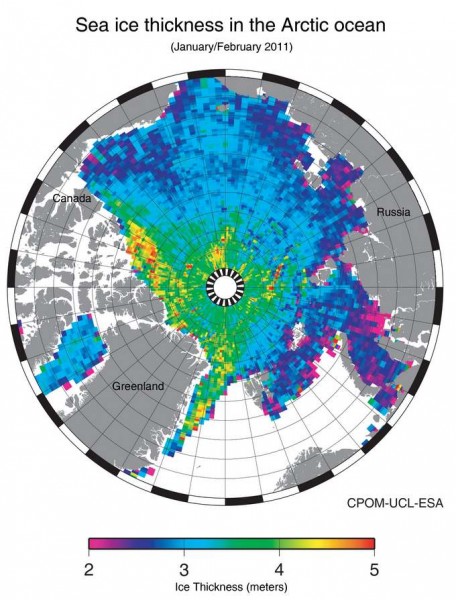Every day, we hear from customers around the world who are using Garmin products to explore more or just add a little fun to their everyday pursuits. We also receive stories about how our products have helped save or change lives. Recently, our in-house video team captured a few of these stories, straight from the customers. Hear howForerunner helped Jason discovered a life-threatening heart condition. How Garmin marine electronics helped Capt. Frank and his crew navigate stormy seas at night. How nüvi got Jeff to the hospital as he was having a heart attack. How Garmin avionics with Synthetic Vision technology guide organ procurement missions at all times of day and night, in all kinds of weather. And how our Rino two-way radio/GPS units help Heart to Heart International provide medical relief and humanitarian aid in response to disasters like the Haiti earthquake. Thank you to these individuals and our customers around the world for your faith in our products and for sharing your stories.

